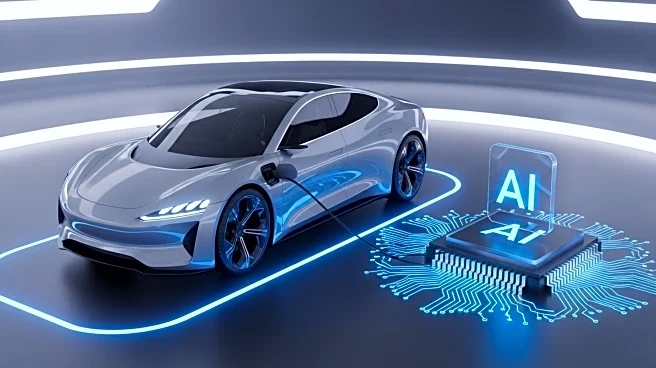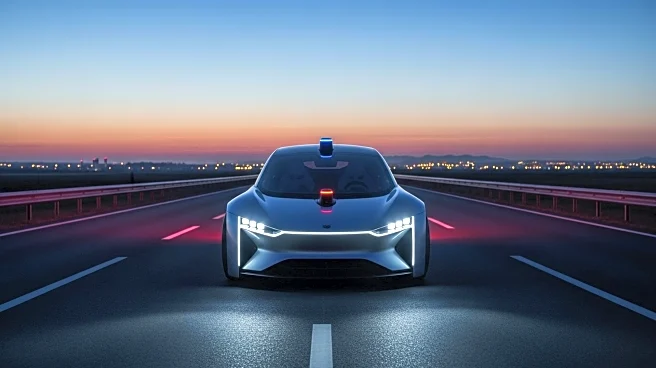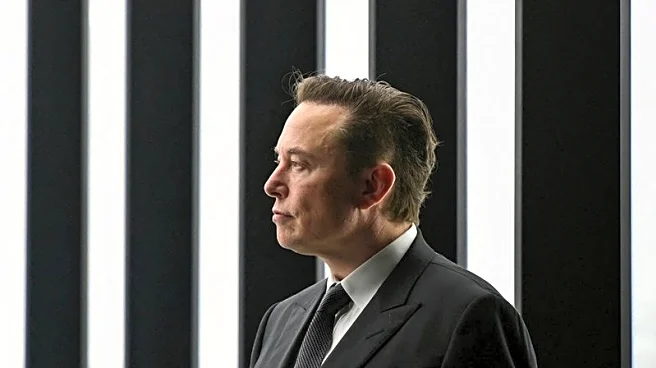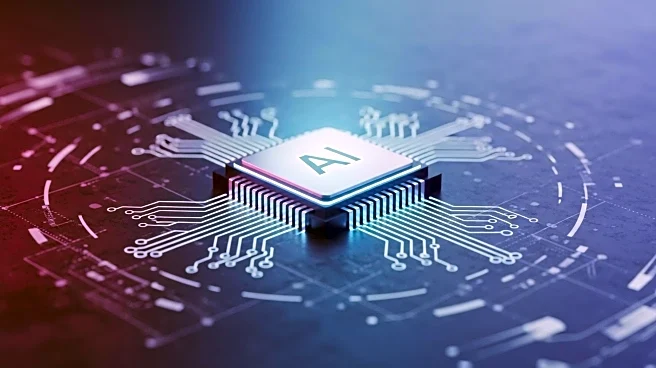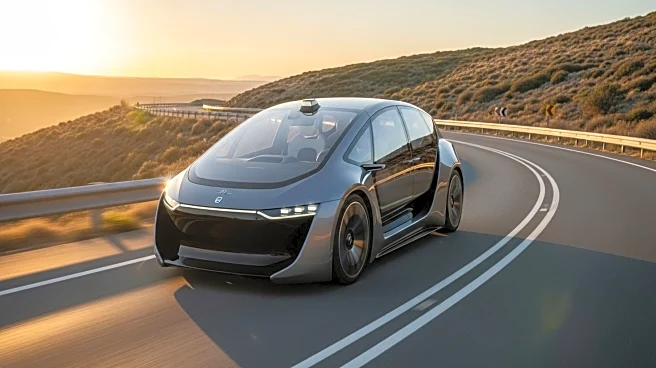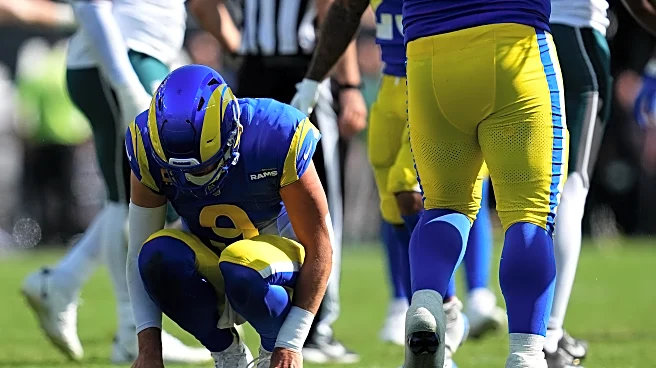What's Happening?
A recent incident involving Tesla's Full Self-Driving (FSD) feature has raised concerns about the technology's reliability. During a 3,000-mile journey from Los Angeles to Jacksonville, Tesla enthusiasts experienced a crash just 60 miles into the trip, highlighting issues with Tesla's optical detection system. The system has been documented to miss or underestimate objects on the road. Additionally, Tesla's FSD has been criticized for failing to stop at school buses with flashing lights, a flaw that led to a Tesla hitting a child-sized mannequin in a test. Despite these issues, some users have reported successful trips using FSD, such as an Iowa man who completed an 800-mile drive using the feature.
Why It's Important?
The reliability of Tesla's Full Self-Driving feature is crucial for the company's reputation and the broader acceptance of autonomous vehicle technology. The documented failures, such as ignoring traffic signs and failing to stop for school buses, pose significant safety risks. These issues could impact public trust in Tesla's technology and lead to increased scrutiny from regulators. The success of autonomous vehicles depends on their ability to operate safely and reliably, and Tesla's challenges highlight the complexities involved in achieving this goal.
What's Next?
Tesla may need to address the flaws in its Full Self-Driving technology to prevent further incidents and restore consumer confidence. This could involve software updates or hardware improvements to enhance the system's detection capabilities. Regulators might also increase oversight of autonomous vehicle technologies to ensure public safety. As Tesla continues to develop its FSD feature, it will be important for the company to demonstrate improvements and transparency in its technology.
Beyond the Headlines
The ethical implications of deploying autonomous vehicle technology before it is fully reliable are significant. Tesla's approach to marketing its FSD feature as a complete solution, despite known issues, raises questions about corporate responsibility and consumer protection. The company's reliance on camera-based systems without lidar or radar has been criticized, and the debate over the best approach to autonomous driving technology continues.

